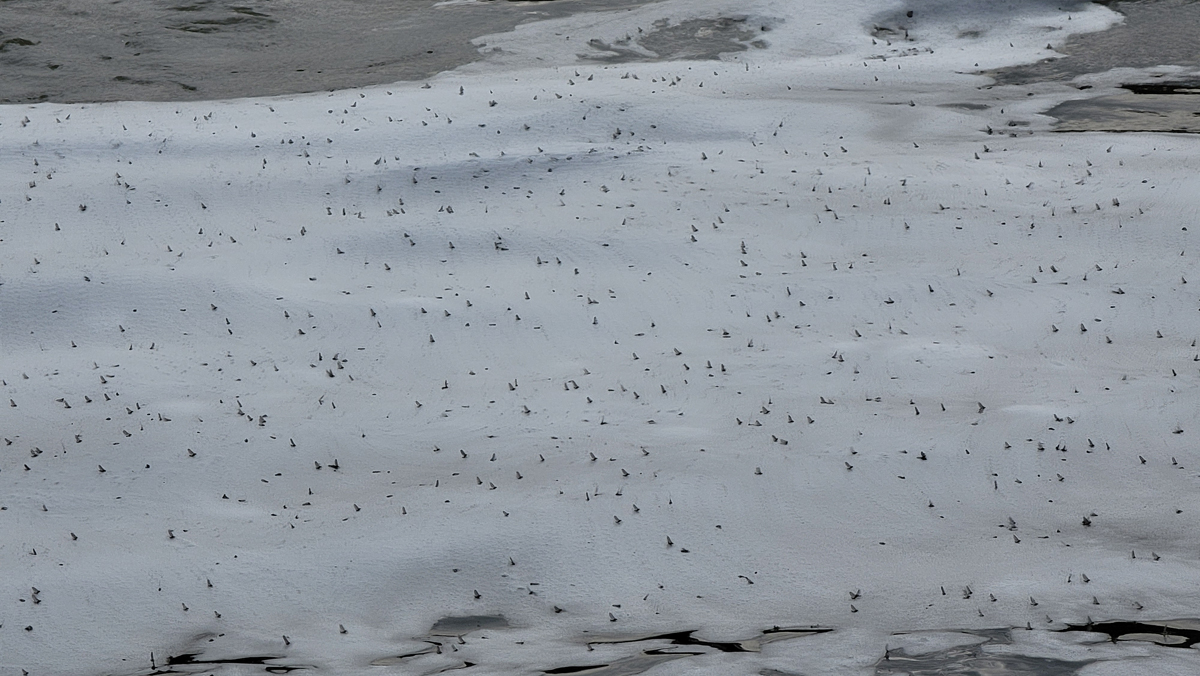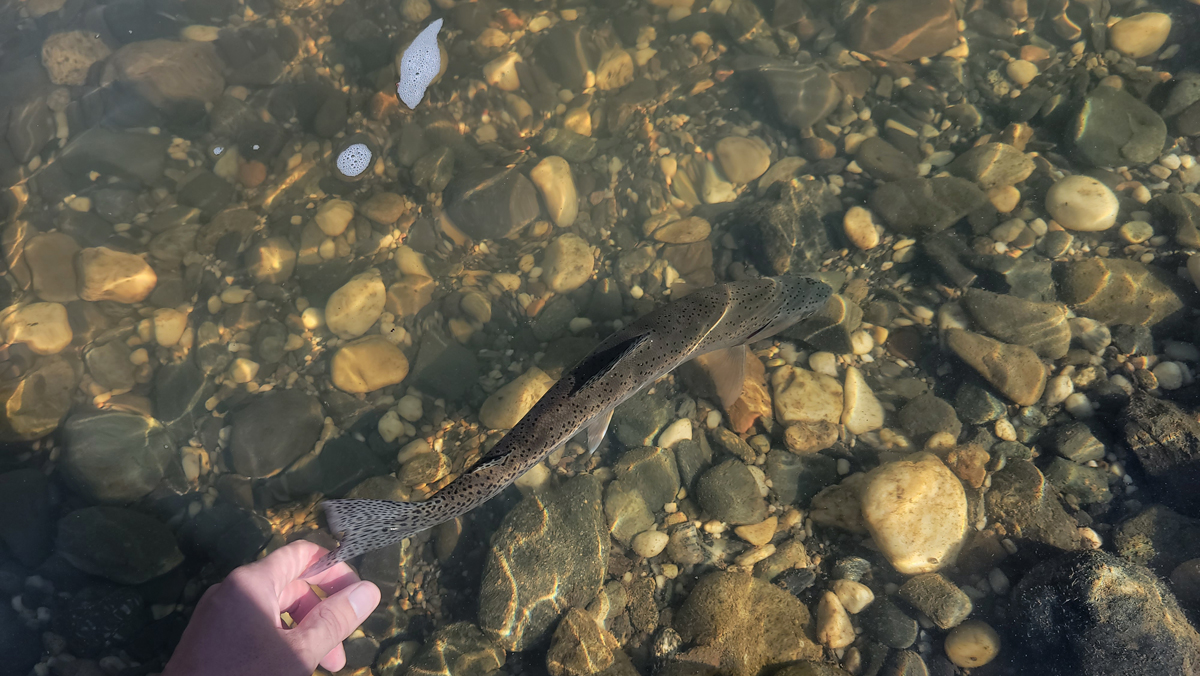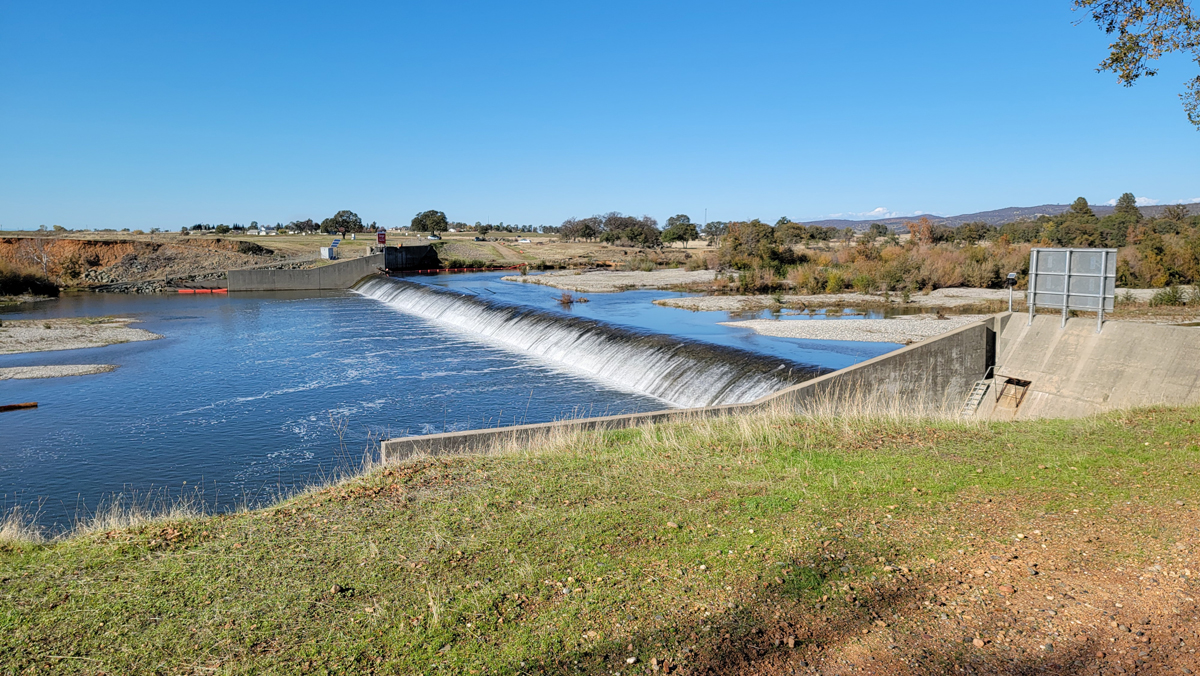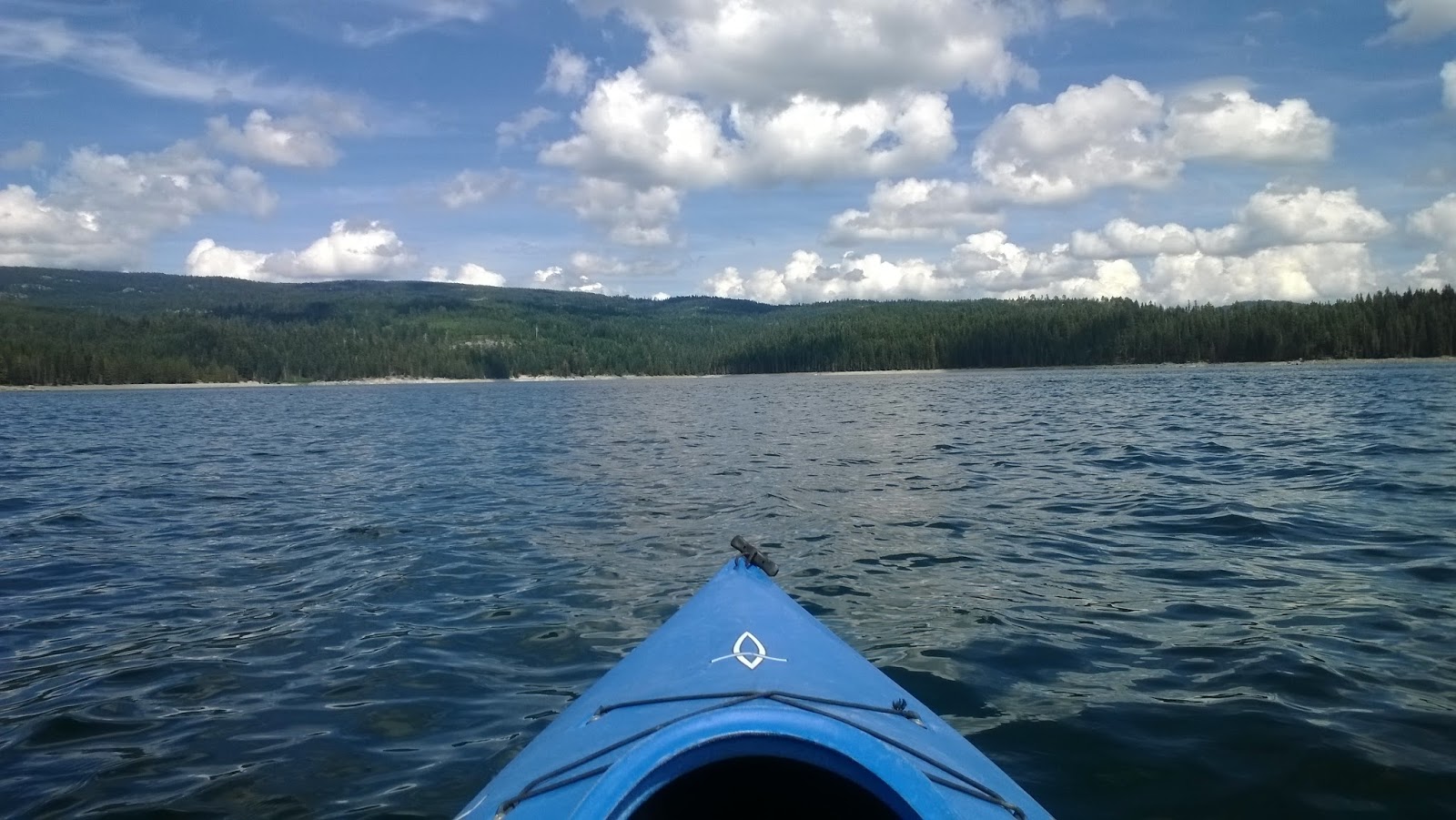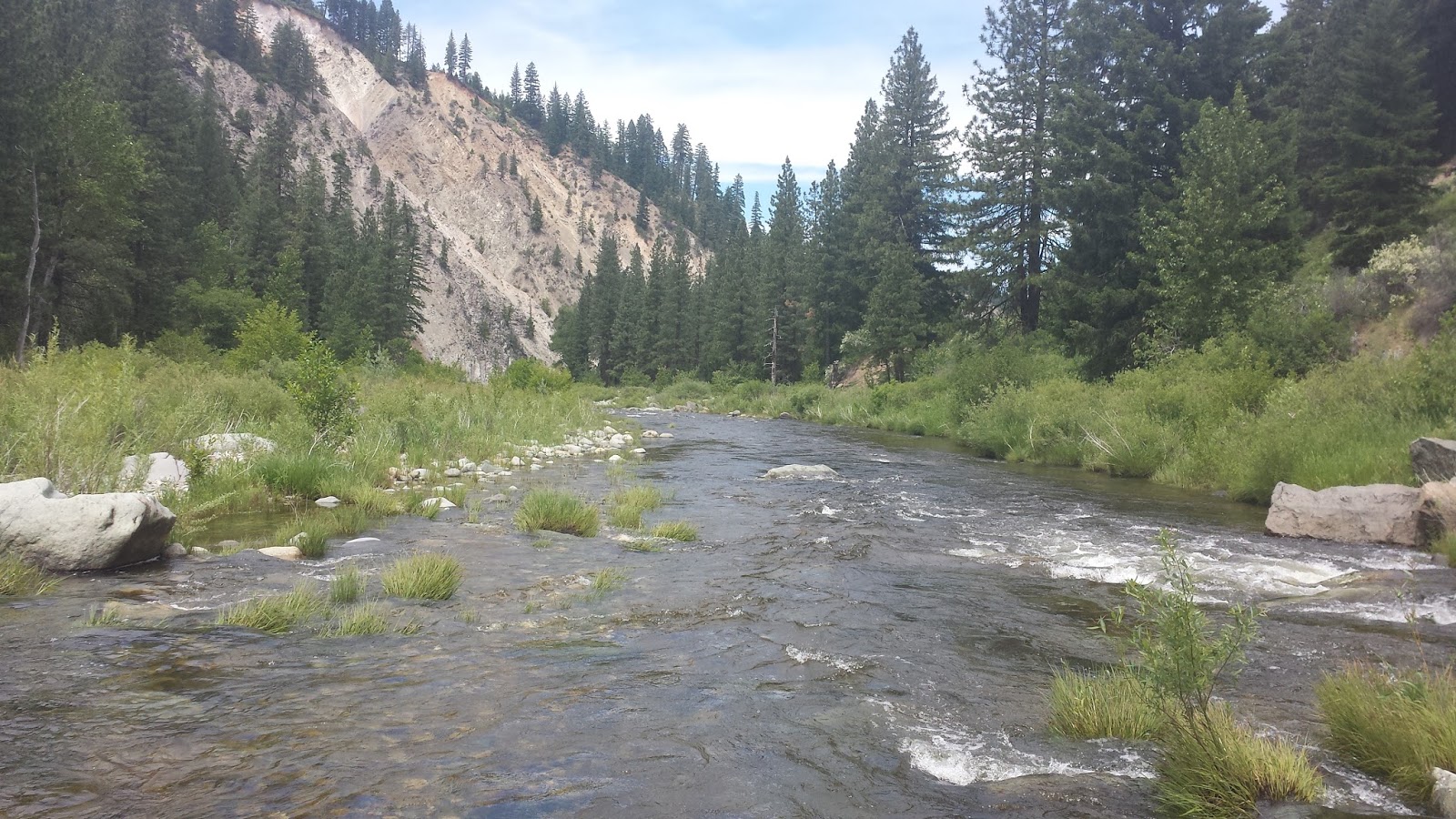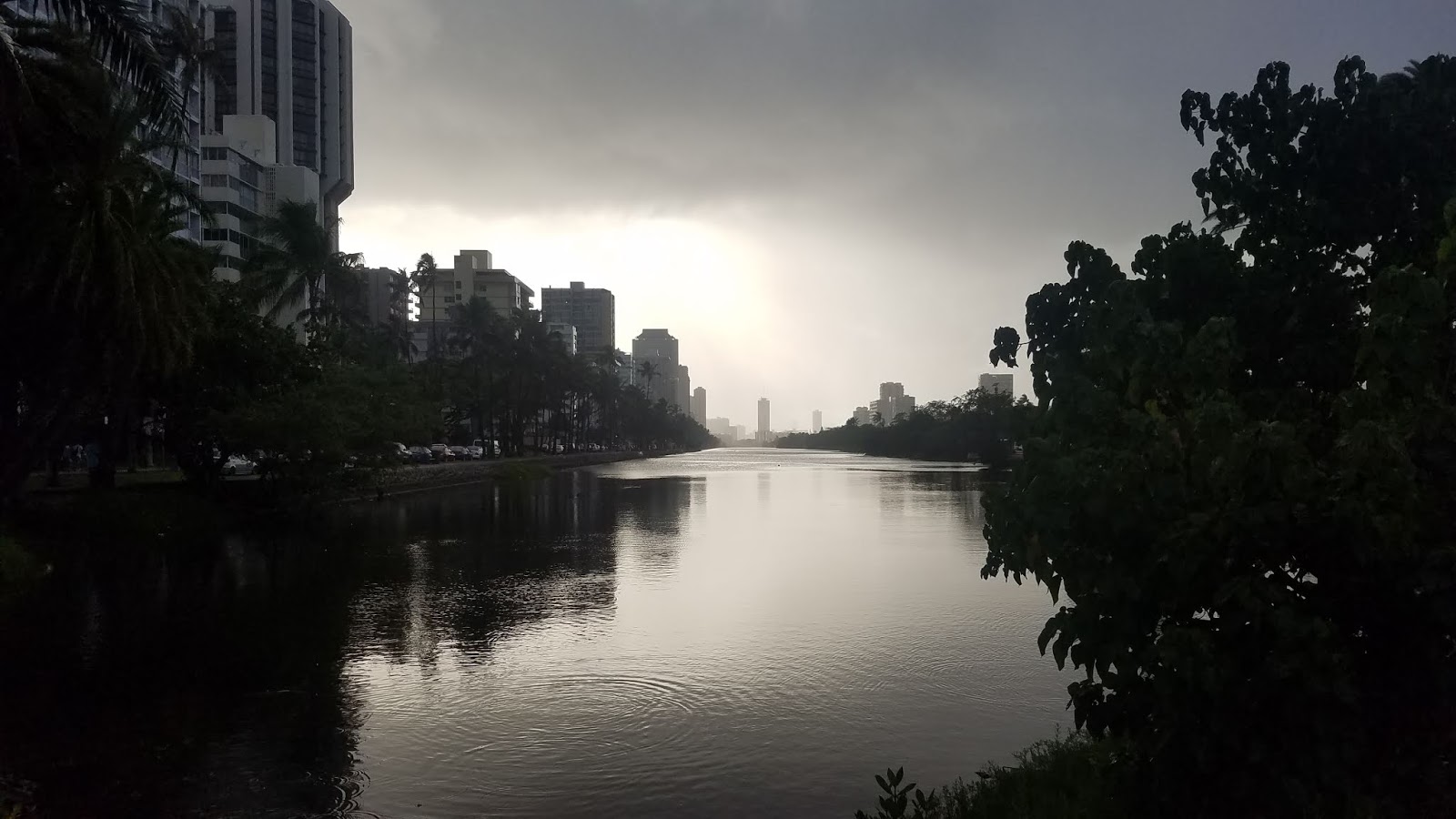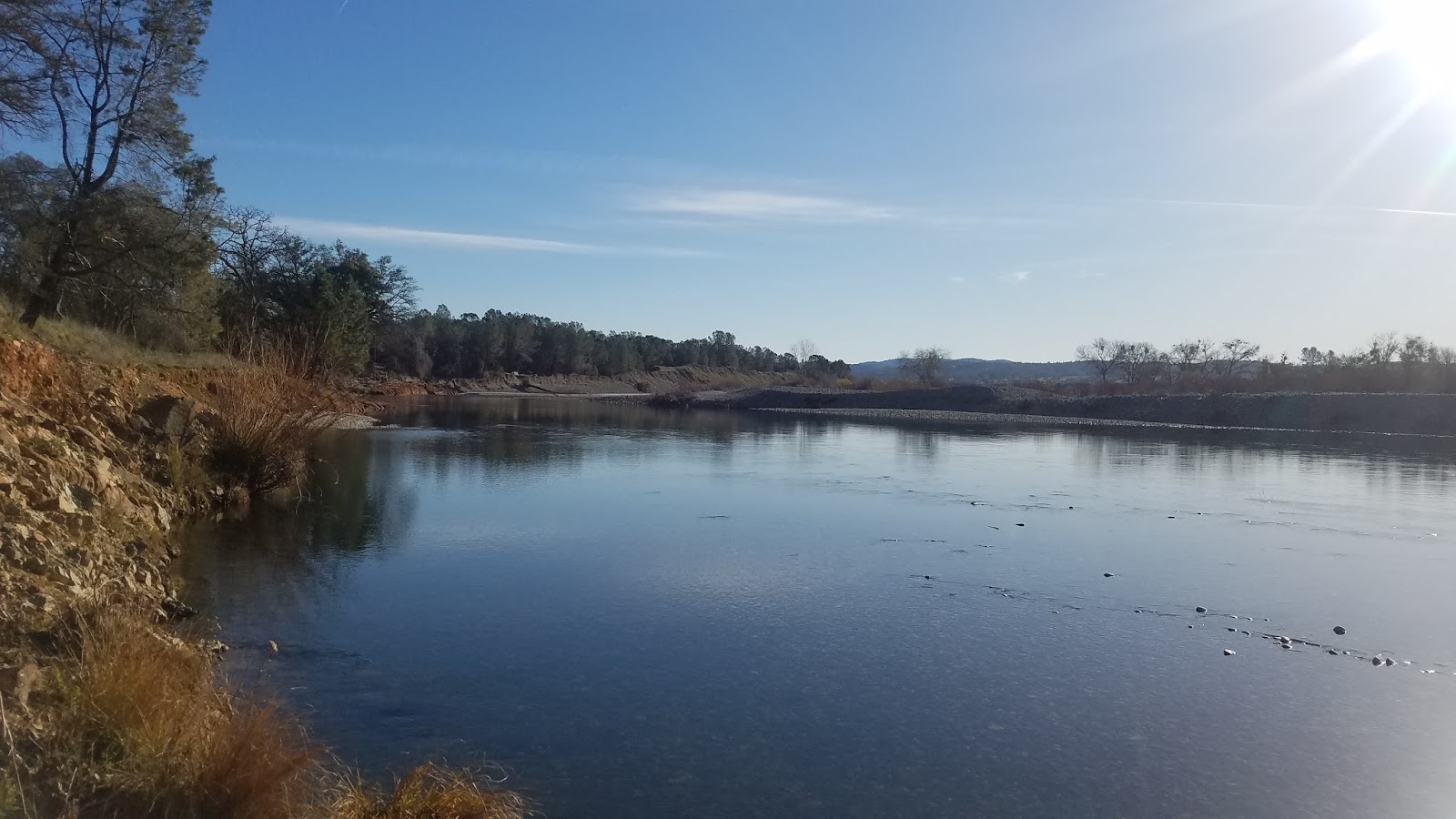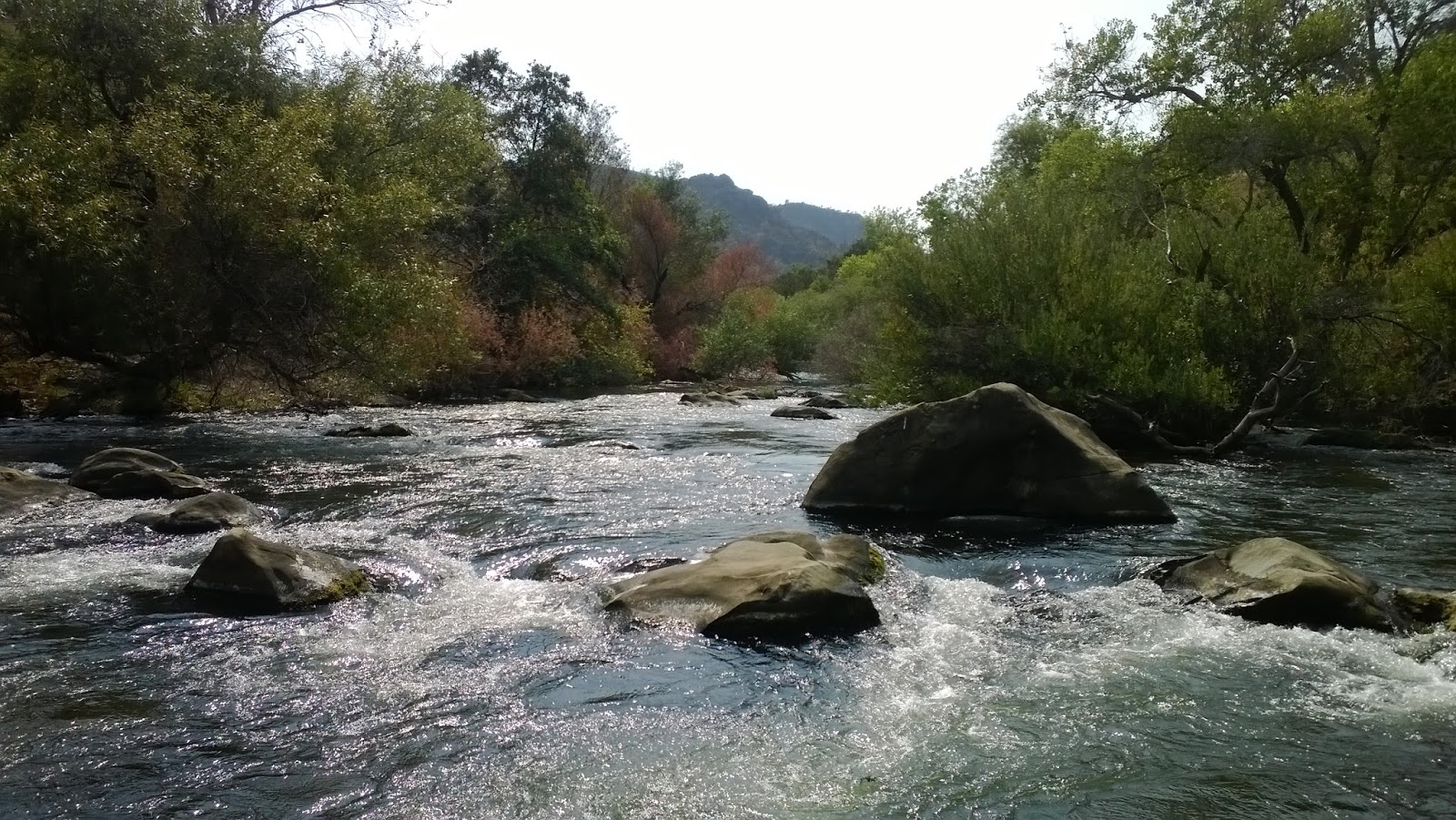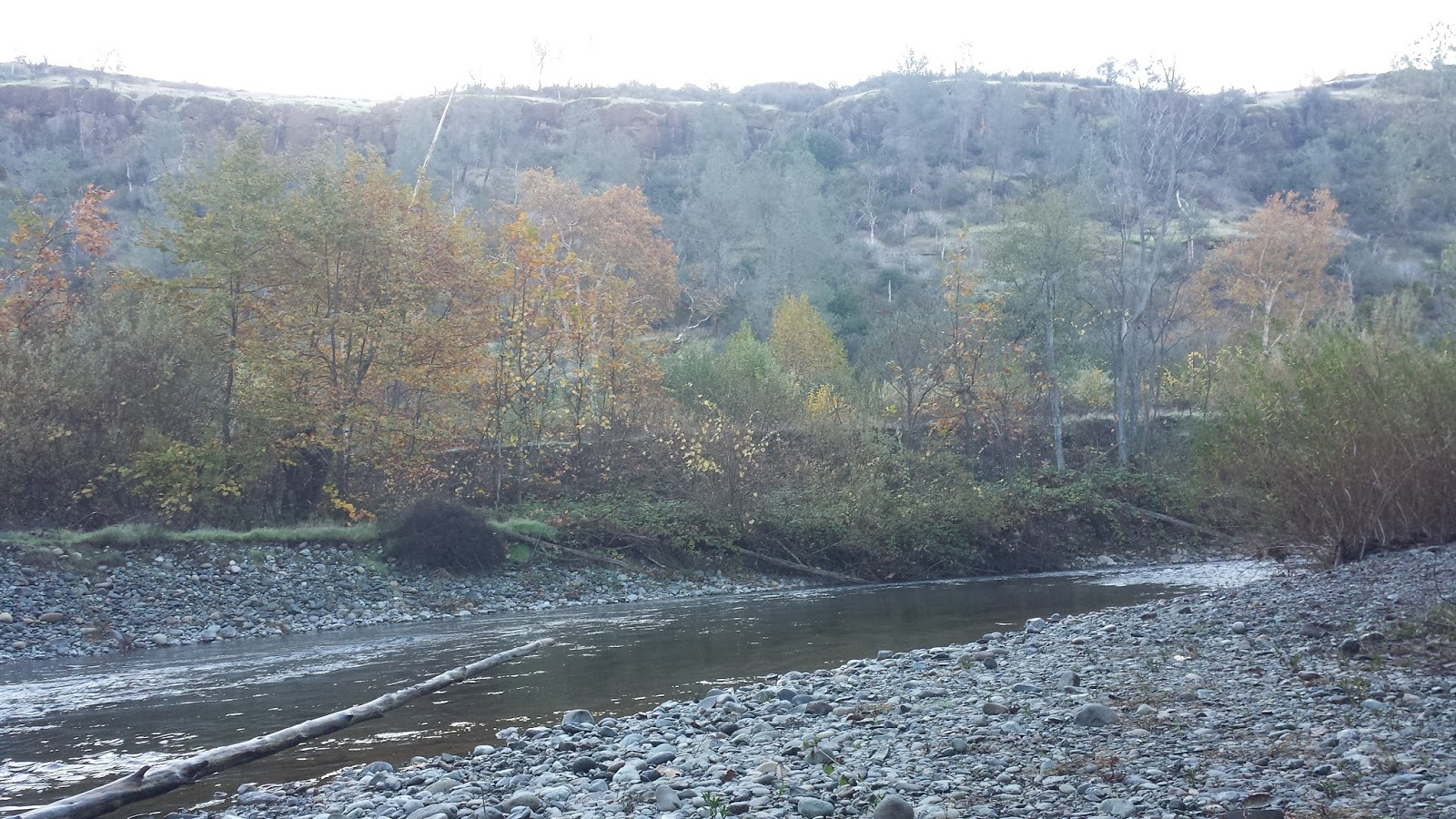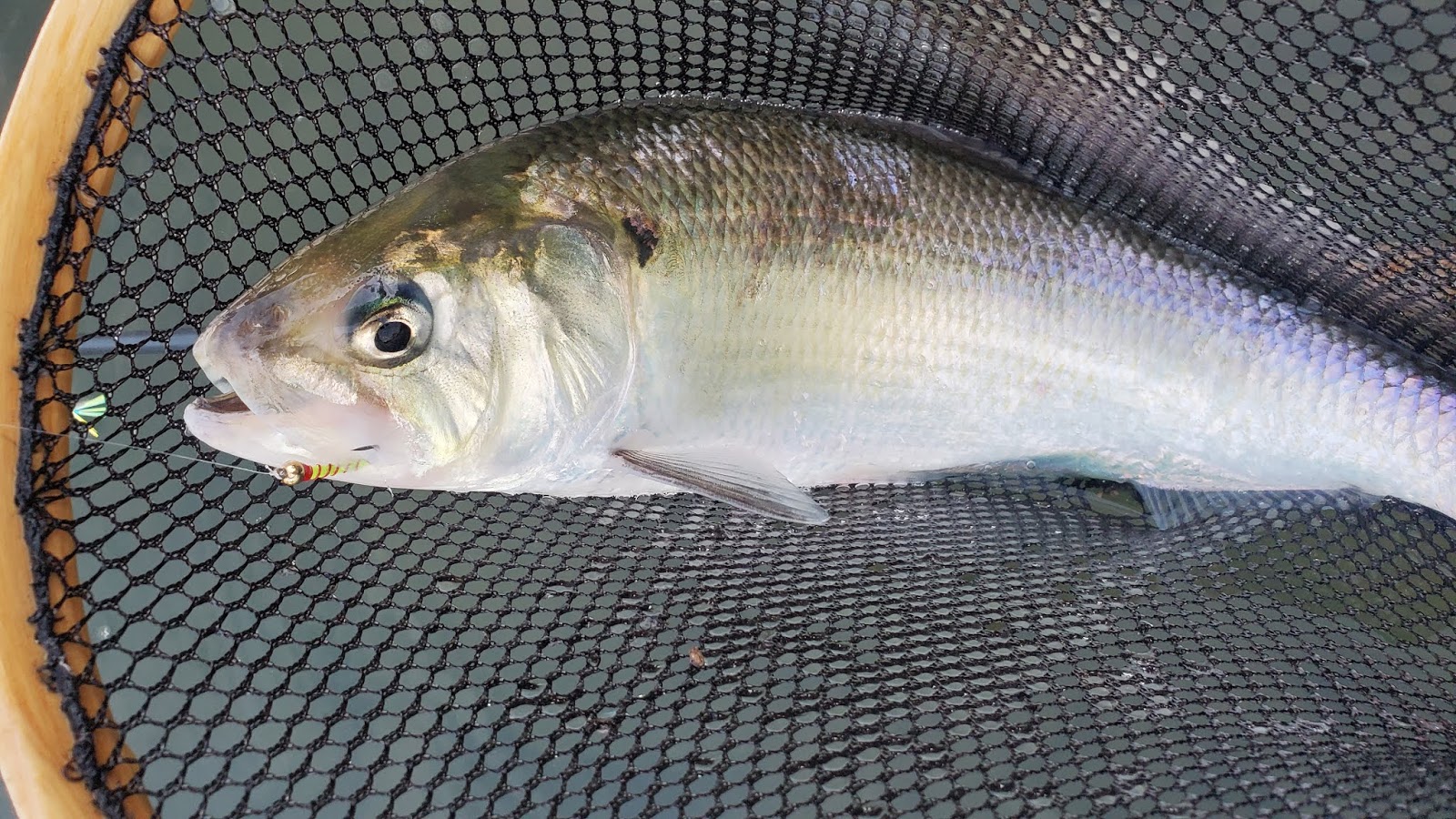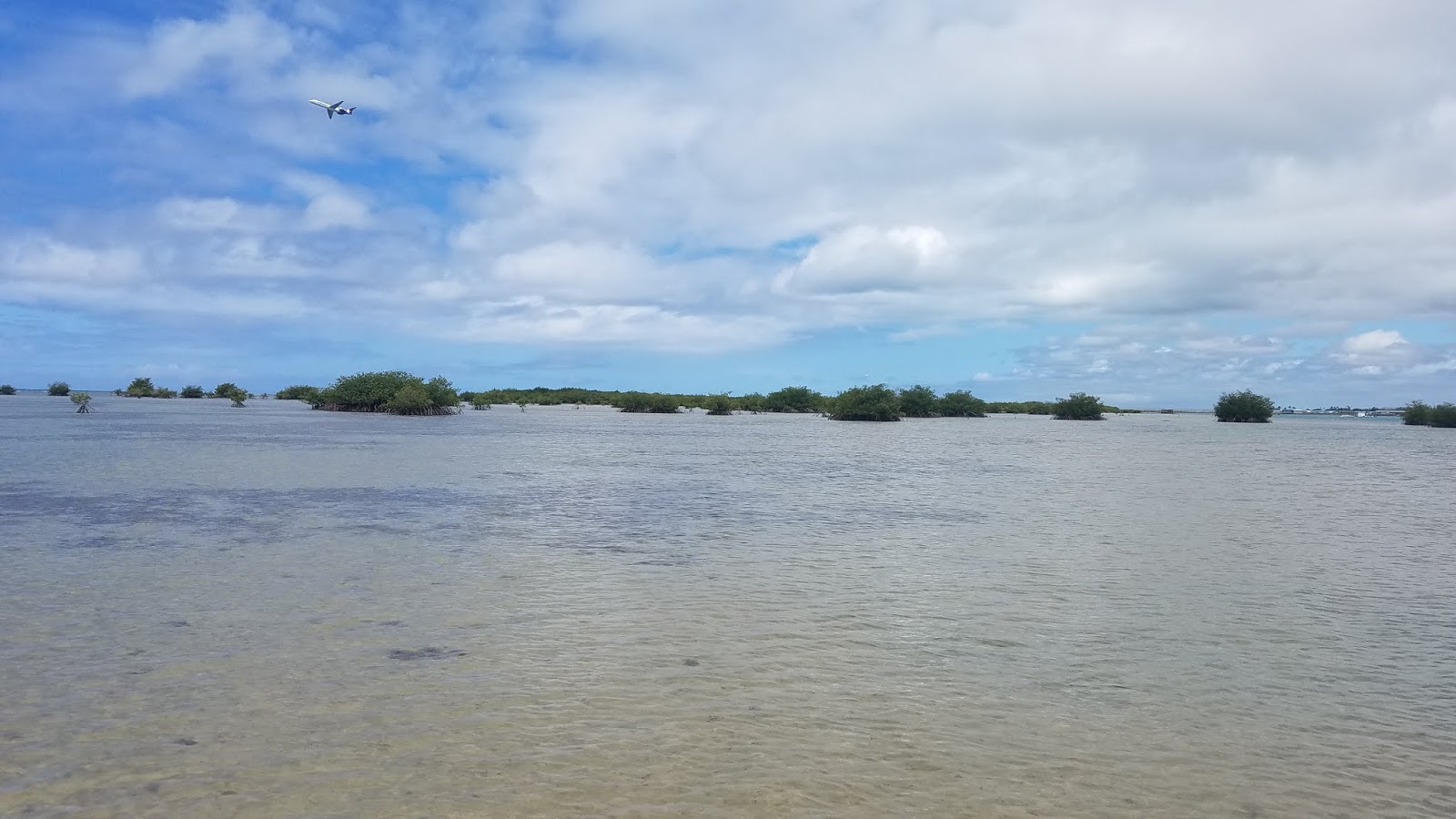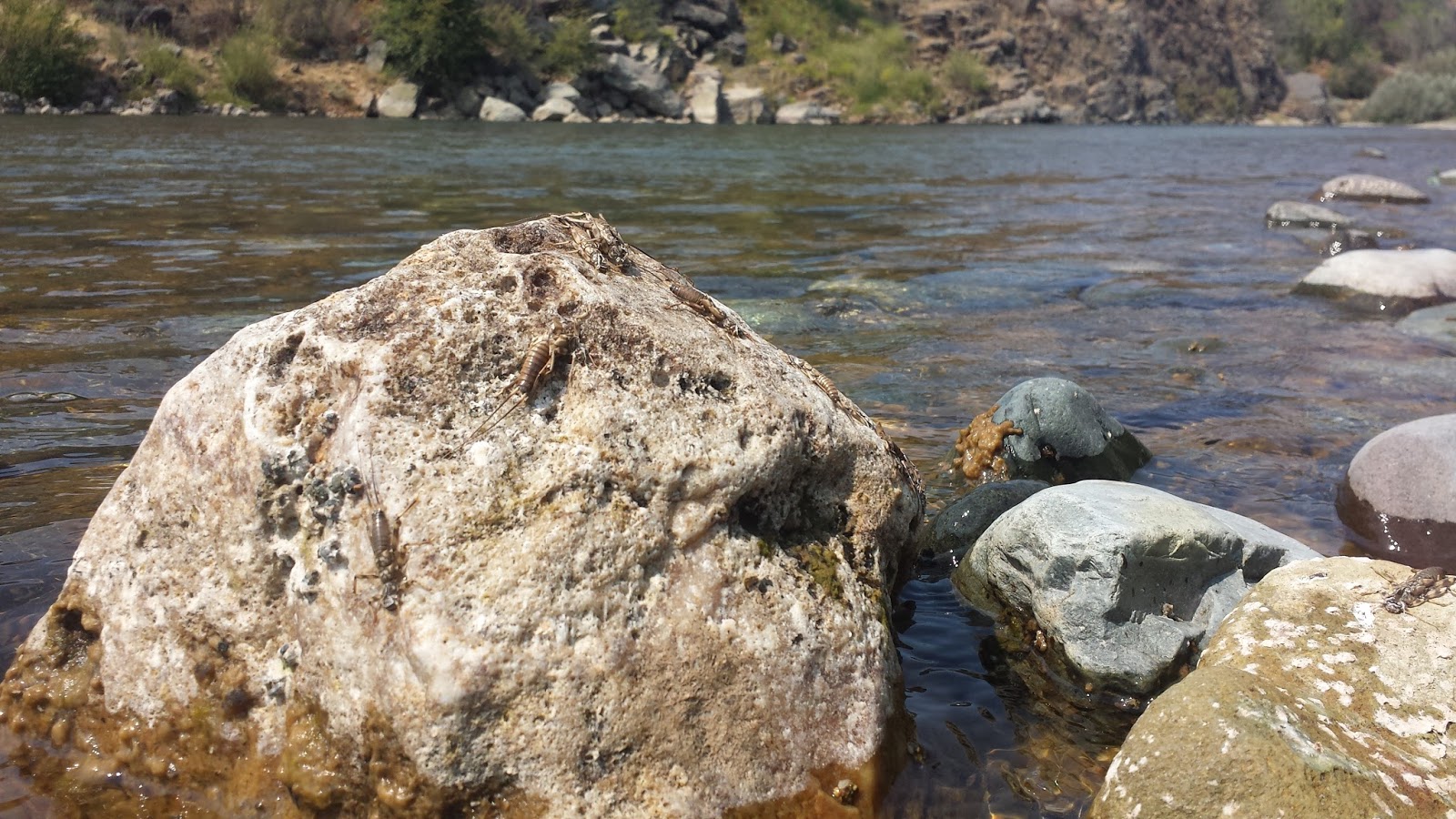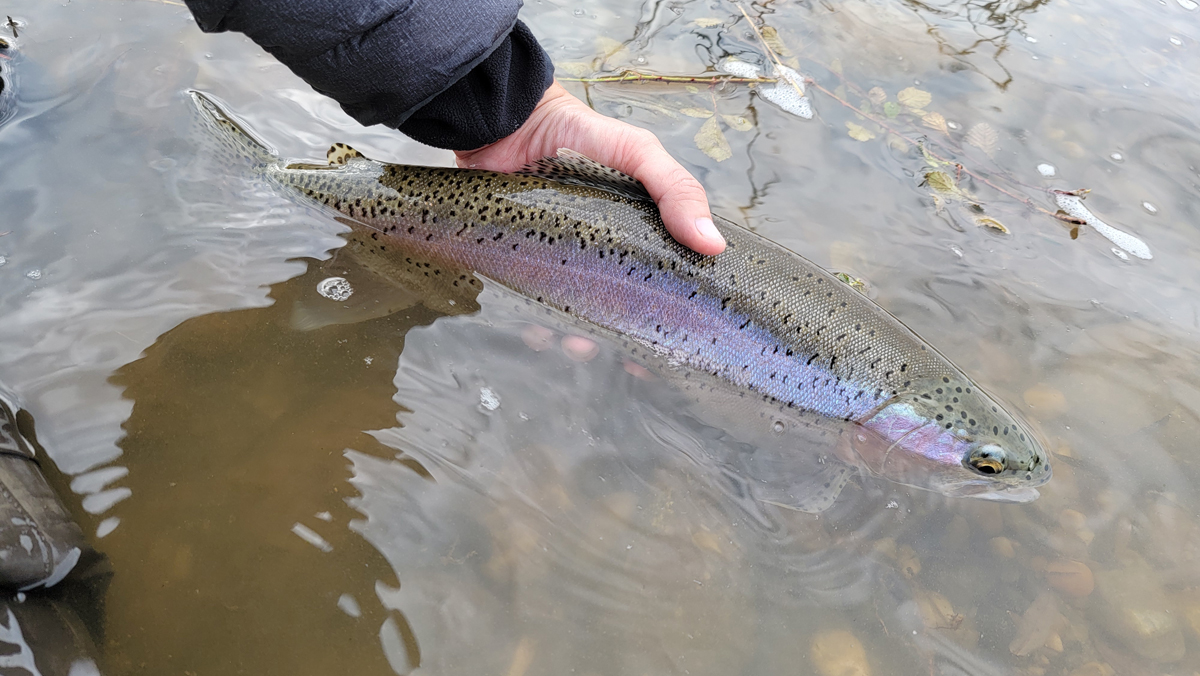
Winter is finally here and it’s been a cold one this year with average temperatures in the 40s rather than in the typical 50s or 60s. The Yuba River is transitioning into it’s winter phase as the fish have slowly started reverting back to eating bugs instead of eggs. The Yuba River is a fantastic winter fishery however flows and a myriad of other factors from winter storms can quickly change the Yuba River from a go-to to a no-go.
The Yuba River blew out earlier this December and flows have only been stable at around 700CFS for the past two to three days. With an upcoming atmospheric river pushing it’s way mid-week and the forecast calling for more rain the following week I took the opportunity to wet my line as it was unlikely that I’d be able to for the rest of the year.
Observing the river from afar the clarity looked pretty bad however as soon as I stepped into the water it wasn’t as bad as it looked. There was about 2-3ft of clarity which in my experience was more than enough for fish to be able to see flies without needing to hit them on the nose. The fishing pressure was a bit on the higher side for a weekday but I knew the river well enough to be able to find spots that were less pressured.
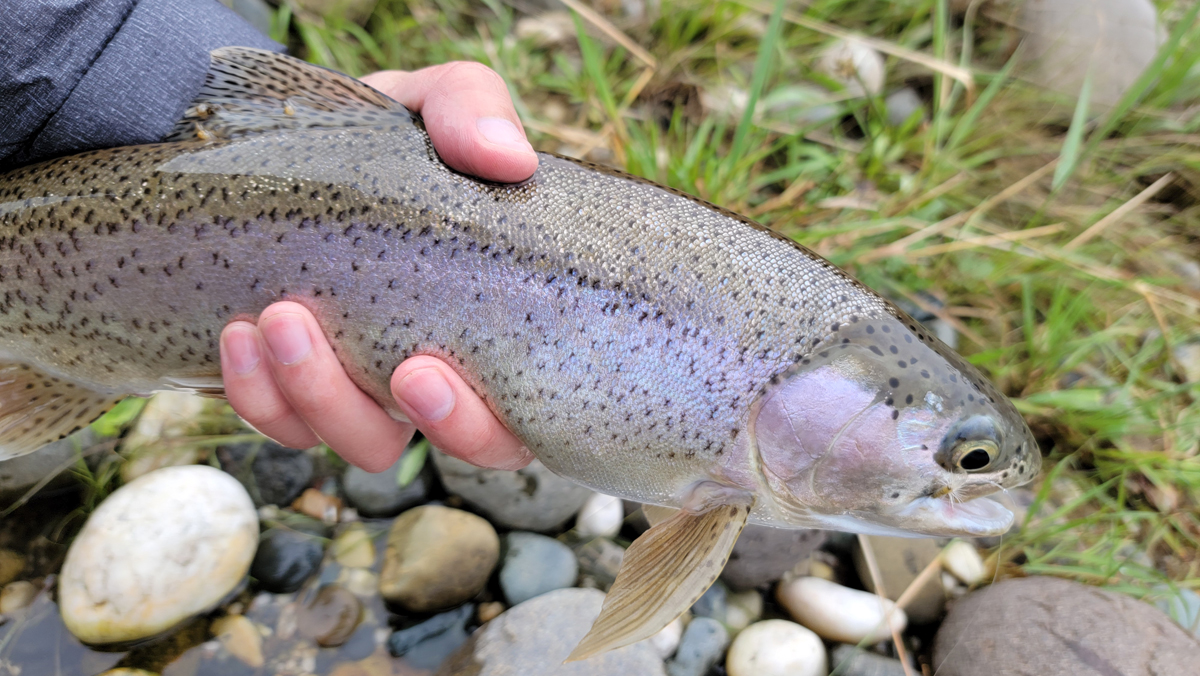
With the river transitioning from the egg bite and getting flushed I wasn’t too sure where the fish were going to be. The fish were either going to be where they were previously around the redds or back where they are suppose to be in the soft riffles, runs, and pools. It took a bit of trial and error but I eventually found them where they are suppose to be which in my opinion is much more fun than fish-in-a-barrel behind redds.
Winter flies that I use on the Yuba are rubberlegs, eggs, worms, and BWOs. A combination of either of those flies will always catch fish, it’s just a manner of finding them. Patterns that were working this outing were eggs and BWOs.
At noon I observed a couple of BWOs coming off and was optimistic about a possible BWO hatch. The weather was overcast with little to no wind which was perfect for a great BWO emergence. I fished around and caught some more fish here and there until about 2pm when I noticed tons of BWOs on the surface. Of all of the years I’ve fished the Yuba this was the most BWOs I’ve ever seen in a single hatch. It’s been a long time since I’ve been excited on the Yuba River and I was absolutely mindblown at how many BWOs I was seeing. I found an eddy with BWOs swirling around in foam and watched as fish gulped them down. Despite the amazing number of BWOs the birds were more interested in them than the fish. I found a few risers in the area I was in but nothing consistent enough to throw a dry at. With nothing really rising and having spent the day already satisfied with all the fish I caught I made a plan to check out one last spot before calling it a day.
On the way out back to the highway I stopped along the road and observed the river from my car. I scanned the river for rise forms and saw a few rises but not as many as I was hoping to see. I decided to check it out and made my way down to the river. There were about four targets that were gently rising for the BWO duns that had the misfortune of being stuck in their lane. The stained water helped hide me as I made my way into the river to try and get the best shot I could get. After a few casts and a Fall River shake I was able to trick it into rising for my dry. The bow made a couple of hot runs before I was finally able to land it. Overall a winters day well spent.
